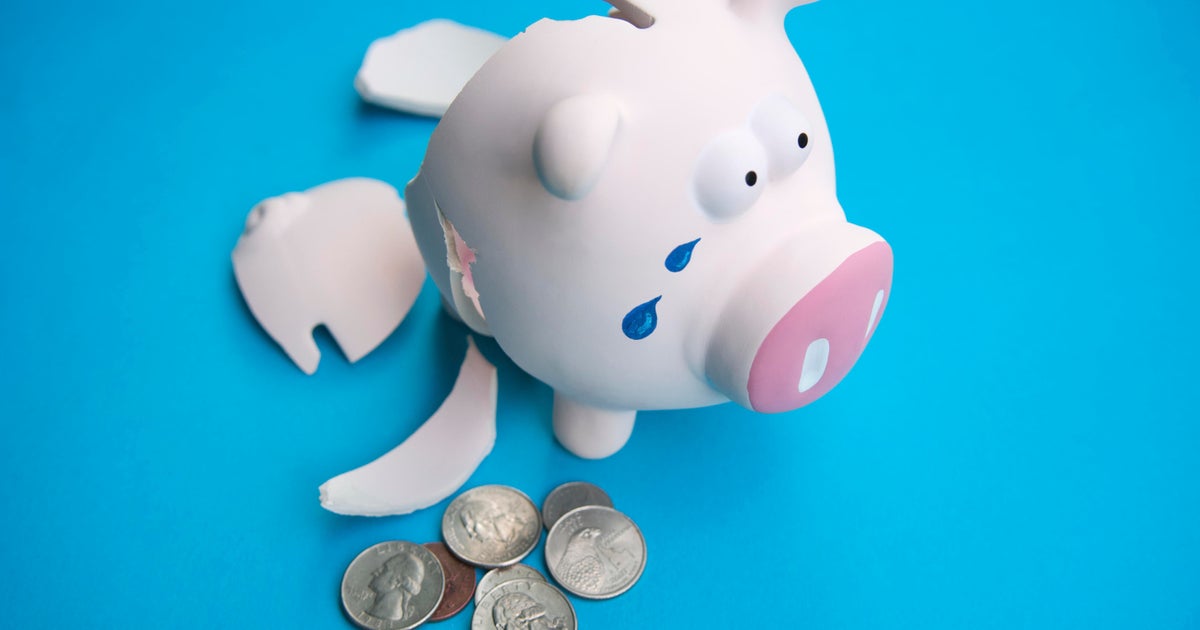How far will credit card interest rates fall in October?
Americans have been keeping a close eye on interest rate trends in recent months, hoping for some relief from the pressure of high borrowing costs. And, in September, they got it when the Federal Reserve decided to slash its benchmark rate by 50 basis points — the first rate cut in four years. The ripple effects of that rate cut then helped to drive down the rates on mortgages and other types of loans. However, credit card interest rates have remained at record highs despite the Fed's move.
At an average of nearly 23%, today's credit card rates are straining the budgets of the millions of Americans who are carrying a balance. This is particularly concerning because the average cardholder has nearly $8,000 in credit card debt currently — meaning that the interest charges are compounding quickly for borrowers. Given today's high cost of credit card debt, a reduction in interest rates could be a lifeline for those struggling to stay afloat.
But while loan rates tend to shift quickly with the Fed's rate decisions, credit card rates don't always follow suit. So, how far will credit card interest rates fall in October now that the Fed has slashed rates? That's what we'll discuss below.
Learn how debt relief could help you lower your credit card costs now.
How far will credit card interest rates fall in October?
Despite the recent positive economic indicators — like cooling inflation and the Fed policy shifts — the outlook for significant drops in credit card interest rates this October remains cautious. While there's potential for some downward movement, cardholders shouldn't expect dramatic changes in the near term.
The primary reason for this tempered expectation is the nature of credit card interest rates themselves. Unlike mortgage rates or personal loan rates, which tend to respond quickly to changes in the federal funds rate, credit card rates operate with a degree of independence. That's because card rates are typically tied to the prime rate, which, while influenced by Federal Reserve actions, is not directly controlled by them.
Credit card issuers have also been historically slow to pass on the benefits of rate cuts to consumers. While they're often quick to raise rates in response to Federal Reserve hikes, the reverse process tends to be more gradual. This asymmetry in rate adjustments means that even if there's downward pressure on interest rates in the broader economy, credit card rates may lag behind.
Another factor to consider is the current high-rate environment. With average rates already at record levels, any reductions are likely to be modest in the context of overall rates. For example, even another substantial 50 basis point cut would only bring a 23% APR down to 22.5% – a change that, while helpful, might not provide significant relief to those struggling with large balances.
It's also worth noting that credit card interest rates are influenced by factors beyond just the federal funds rate. Market competition, especially in the rewards card sector, regulatory changes and evolving risk assessments by issuers all play a role in determining rates. These factors have contributed to the upward trend in rates over recent years and are unlikely to reverse course dramatically in the space of a single month.
That said, some issuers may implement small rate reductions in October. However, widespread, significant drops are improbable, so cardholders should probably prepare for a scenario where rates remain relatively stable or see only minor decreases.
Explore your credit card debt relief options and get the help you need today.
How to lower your credit card rates now
Waiting for credit card interest rates to fall this October may not be the most effective strategy, especially considering that any reductions that may occur would be minimal. Luckily, there are some proactive steps you can take to lower your credit card interest rates now instead.
One option is to take advantage of balance transfer offers that could lower your rate temporarily. Many credit card companies offer promotional 0% APR balance transfer cards, allowing you to move high-interest debt to a card with no interest for a set period — which typically ranges from 12 to 18 months. During this period, you can focus on paying down your principal balance without the burden of accumulating interest.
Another option is debt consolidation. By consolidating multiple credit card balances into a single loan with a lower interest rate, you can simplify your payments and reduce the overall interest you're paying. This can be an effective way to manage high-rate card debt while maintaining predictable monthly payments.
You may also want to explore debt management programs. These programs, offered by credit counseling agencies, help you negotiate lower interest rates with your creditors and create a structured repayment plan. While it won't eliminate your debt, it can make it more manageable by reducing the interest you pay.
The bottom line
While the Federal Reserve's actions could eventually influence credit card interest rates, it's unlikely that cardholders will see significant reductions in the near term. So for those carrying high balances, waiting for interest rates to fall may not be the best solution. There are other options to consider though, like balance transfers, debt consolidation or debt management programs, which may provide quicker and more substantial relief instead.




